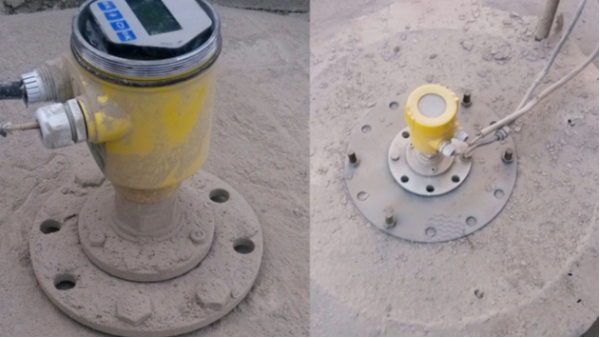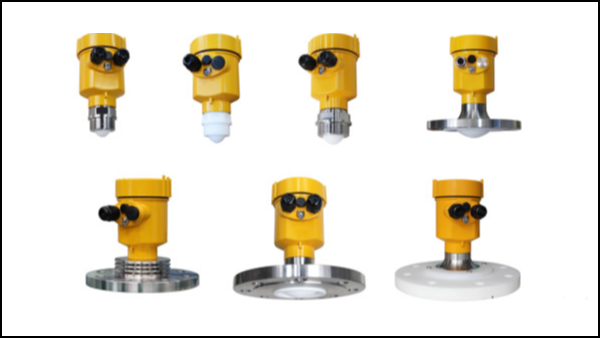The measurement of fine ash level is crucial for many industrial industries, such as cement and power generation. And radar level meter, as an advanced measuring equipment, has been widely used for monitoring fine ash levels.
In the process of fine ash level measurement, there are some specific difficulties.
In this paper, we will introduce the difficulties of fine ash level measurement and illustrate them with actual measurement cases.

The difficulty of fine ash level measurement is impurities and adhesion. Fine ash is often prone to impurities, such as dust and particulate matter.
These impurities may adhere to the sensor of the level meter and affect the accuracy of the measurement. In addition, fine ash has a certain degree of adhesion and may adhere to the walls of the container, forming a buildup that prevents the level meter from accurately reading the material level.
The size and form of the particles in fine ash materials may vary widely by particle size and form.
Some particles may be smaller, while others are larger and more irregular. This inhomogeneity poses certain challenges for radar-level meter measurements.
Radar equipment needs to be able to accurately identify particles of different particle sizes and morphologies to make the measurement results more accurate.
In addition, in some industries, such as power plants, the measurement of fine ash levels usually needs to be carried out in a high-temperature and high-pressure environment.
Such an environment can make the normal operation of a radar level meter difficult and may affect the performance of the equipment and the accuracy of the measurement.

The following is a practical example of fine ash level measurement to illustrate how the above difficulties can be overcome. A cement plant is responsible for monitoring the fine ash level to ensure the smooth running of the production process. They chose to use a radar level meter for the measurement.
However, the measurement results of the radar level meter were not accurate due to the uneven size of particles in the fine ash and the problems of adhesion and accumulation.
To solve these problems, they took the following measures: Cleaning and maintenance: The level meter was cleaned regularly, especially the sensor section.
Use suitable cleaning agents and tools to remove dust and particulate matter attached to the sensor. This will improve the sensitivity and accuracy of the level meter.
Adaptation to different particles: By adjusting the sensitivity and parameter settings of the radar level meter, it is possible to adapt it to particles of different particle sizes and forms. The parameters are adjusted according to the actual situation to improve the accuracy of measurement.
High temperature and high-pressure protection: For high temperature and high-pressure environments, choose a radar level meter that is suitable for such conditions.
Ensure that the equipment has the function of resistance to high temperature and high pressure to ensure stable work and guarantee the accuracy of measurement.
Through the above measures, the cement plant has successfully solved the problem of fine ash level measurement. They have achieved accurate and stable fine ash level measurements and improved production efficiency.

Fine ash level measurement has some specific difficulties such as impurities and adhesion, different particle sizes and forms, high temperature and pressure environments, multi-media interference, and level meter size limitations.
However, with proper cleaning and maintenance, parameter adjustment, technical solutions, and proper selection of the right size level meter, these measurement challenges can be overcome and radar level meters are still a good choice for fine ash measurement.
